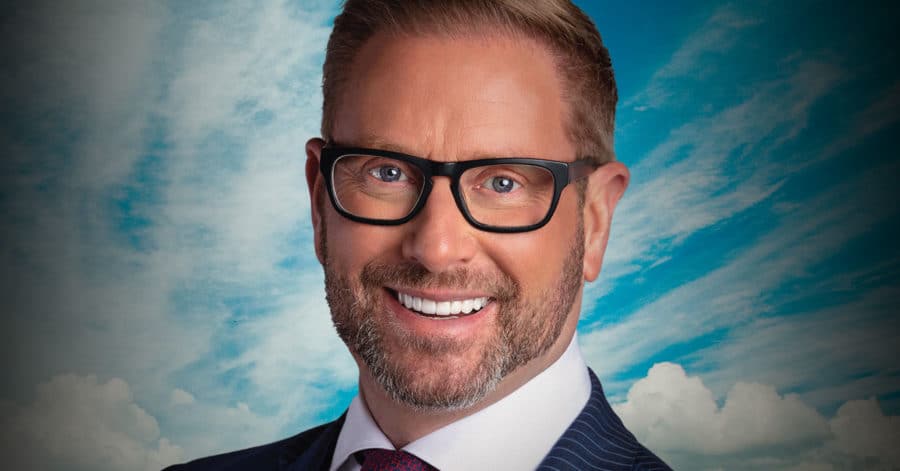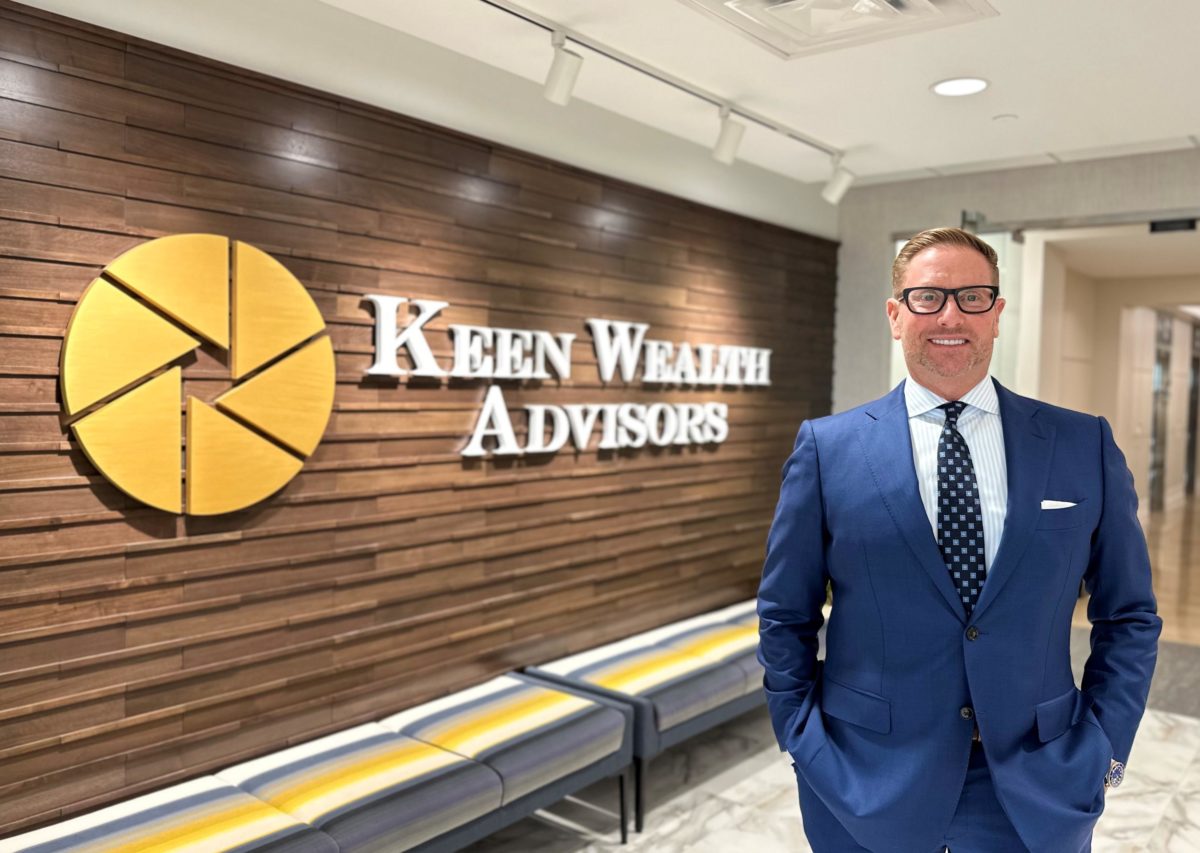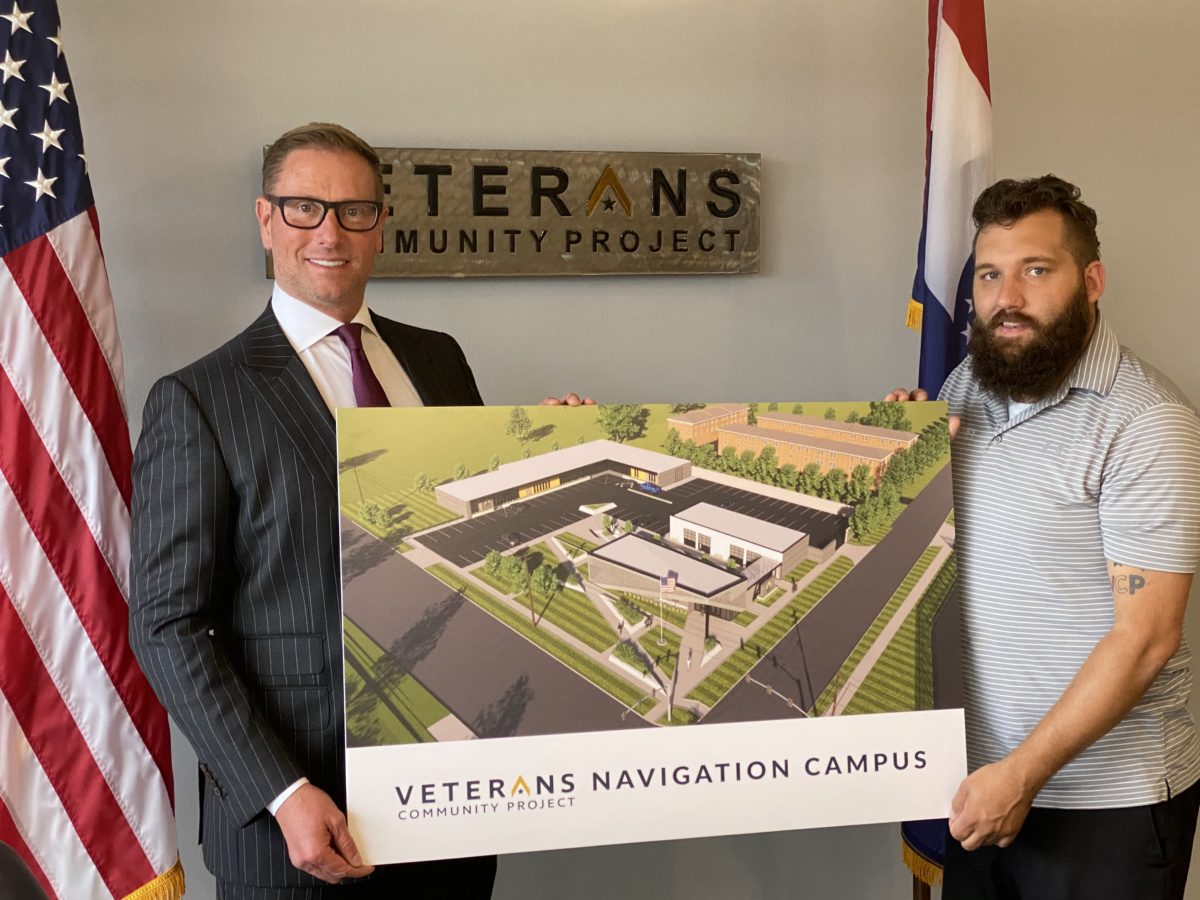After earning a finance degree from the University of Central Missouri, Keen went to work for Twentieth Century Mutual Funds, now known as American Century Investments. After a year, he moved in with Dean Witter and was sent for training on the 83rd floor of the World Trade Center in New York, a month after a truck drove into the building’s parking lot and blew up a bomb that killed six people and injured more than 1,000 others.
“There I was, a young man with no assets, no resources, no personal contacts, no family money, and frankly, I didn’t know anyone who had any of those things either,” he recalls. “But I knew I had to succeed in the business. So I got on the prospecting path and tried to get clients.
“Eventually I was able to think more like an entrepreneur and realize that I couldn’t do everything on my own,” he said. He gradually built a team to develop his business and reach more prospects.
“I determined that it would be a good idea to focus on retirement planning, understanding the rules and regulations around the taxation of lump sum distributions, how individual retirement accounts work – that sort of thing. .”
When Keen began his retirement planning practice, the Roth IRA had not yet been created. But he said he saw a need for consumers to understand how all the pieces of the retirement puzzle fit together.
“There was a need to help those navigating into retirement who never had much investment experience because most of their assets were tied up in retirement plans or 401(k)-type investments. )”, did he declare. “I was lucky enough to see this over 25 years ago.”
what to do with money
During his early years at Dean Witter, Keen met people who had built up their retirement savings but didn’t know what to do with them.
“A good portion of them didn’t even have advisers,” he said. “They had retirement assets that had been built up, but I could see that they didn’t know how to get from the working and saving phase of life to the phase of life where they’re retired and where paychecks don’t come anymore They didn’t know how to get to the distribution phase of investing or living And that’s a very different set of problems for people.
Keen’s views on retirement planning are set out in his bestselling book Keen on Retirement: Engineering the Second Half of Your Life. The book was originally published in 2019 and its second edition was released in October. Keen also has a podcast, Keen on Retirement, and has produced over 175 episodes over the past seven years.
“In the book and podcast, we touch on the emotional aspects of retirement, where people have saved their whole lives and lived within their means to get to the point where they are able to retire. But then they feel guilty. to spend their money and not have a clue what they can spend and how to make that money last for the rest of their lives,” he said.
Keen said future retirees have a common goal.
“We want to know that one day work will become optional,” he said. “Second, we want to know that we will make the right decisions and be good stewards of our resources so that we don’t end up running out of money at some point because of a technical error or an emotional error. And we want to know how it all fits together.
Keen said advisors and their clients need to take a holistic approach to retirement planning.
“It’s about putting that plan in place and making sure it’s updated regularly and making sure the clients’ goals, dreams and aspirations are updated accordingly,” a- he declared. “And it’s crucial that the plan move and be nimble with someone’s life.”
Keen noted that many people are retiring earlier than expected for a number of reasons.
Sometimes the reason is due to a health condition, the need to care for a spouse or family member, or a downsizing at work.
“But sometimes people retire early for good reasons,” he noted. “For example, maybe their stocks have performed better than expected and they can now retire earlier.”
Because retirement can come sooner than a client expects, Keen said it’s important to get clients to start thinking about retirement issues five to 10 years before they plan to leave the job. labor market.
Focus on the journey
He is also passionate about helping young workers prepare for retirement.
“People entering the workforce understand the power of compound interest and the importance of starting to save early,” he said. “But what is this money for? Why are we saving? Why do we invest? Why do we subject ourselves to the ups and downs of the market and some of the volatility that we sometimes have to endure? »
Keen said the answer to these questions is to focus on the journey.
“Some people will never retire in the traditional sense,” he said. “They love what they do or they will change what they do. But I believe everyone shares the goal that they would like work to become optional so they can retire if they choose. They built the resources to be what I call independent wealth.
Keen has described his clients as salt-of-the-earth people who look a lot like him.
“They started with nothing and they lived within their means and they built their wealth along their own journey.”
Keen said some of the chapters in his book deal with compound interest as well as the fundamentals of wealth building and investing — issues that apply to retirement investors regardless of age.
“We also have a process in which we invite our clients to bring their children and grandchildren – if they are of age – here and discuss matters related to savings and investment,” he said. declared. “I’ve even sat down with 10-year-olds when the grandparents brought them over and asked, ‘Can you at least start planting the seed to save some money? “”
Take the plane
Keen fulfilled a lifelong dream of becoming an instrument rated private airplane pilot. He likens planning for retirement to preparing for flight, and he uses many flight-related analogies in his book.
“Throughout the book, I connect the seriousness of flight planning and executing a safe flight operation with financial planning and navigating a life’s journey,” he said. he declares. “I write about navigating turbulence and trusting your instruments in difficult conditions, and that sort of thing. And I’m just saying that investments are the driving force behind the plan. The plan represents our goals, dreams, aspirations and accomplishments, and what we want to pass on to our children and our communities. »
Keen said he loves sharing the flight experience with people. This love of flight inspired him to volunteer with Angel Flight. Not only does he volunteer as a pilot, but he sits on the board of directors of Angel Flight Central, which serves residents of 10 Midwestern states.
Angel Flight provides free air travel for any legitimate, charitable or medical need. This service is offered to individuals and healthcare organizations. Angel Flight will also organize transport for people in financial difficulty or who find themselves in an emergency and non-emergency situation due to their medical condition.
“I love sharing my plane with others,” he said. “It’s a whole new level of sharing with others. When you show up at an airport and patients are there, and they’re looking at you, why are you doing this for us? Why would you do this for us? “It’s very fulfilling.” He has flown many flights to transport patients to and from the Mayo Clinic in Rochester, Minnesota.
Keen’s wife, Carissa, does a lot of fundraising for Angel Flight Central. Keen also has a charitable foundation that provides funds to organizations that help veterans and downtown schools, and Carissa researches the charitable initiatives the foundation supports.
Keen said his goal for himself and his clients is to live with intention and hopefully with the least amount of anxiety and stress related to financial matters.
“We say money makes you more of who you are. And we know that money itself is not a bad thing. It’s a neutral thing, but it certainly doesn’t solve the problems by itself. We want to be able to pursue those things that inspire us in life and to use money as a tool to do those things.




